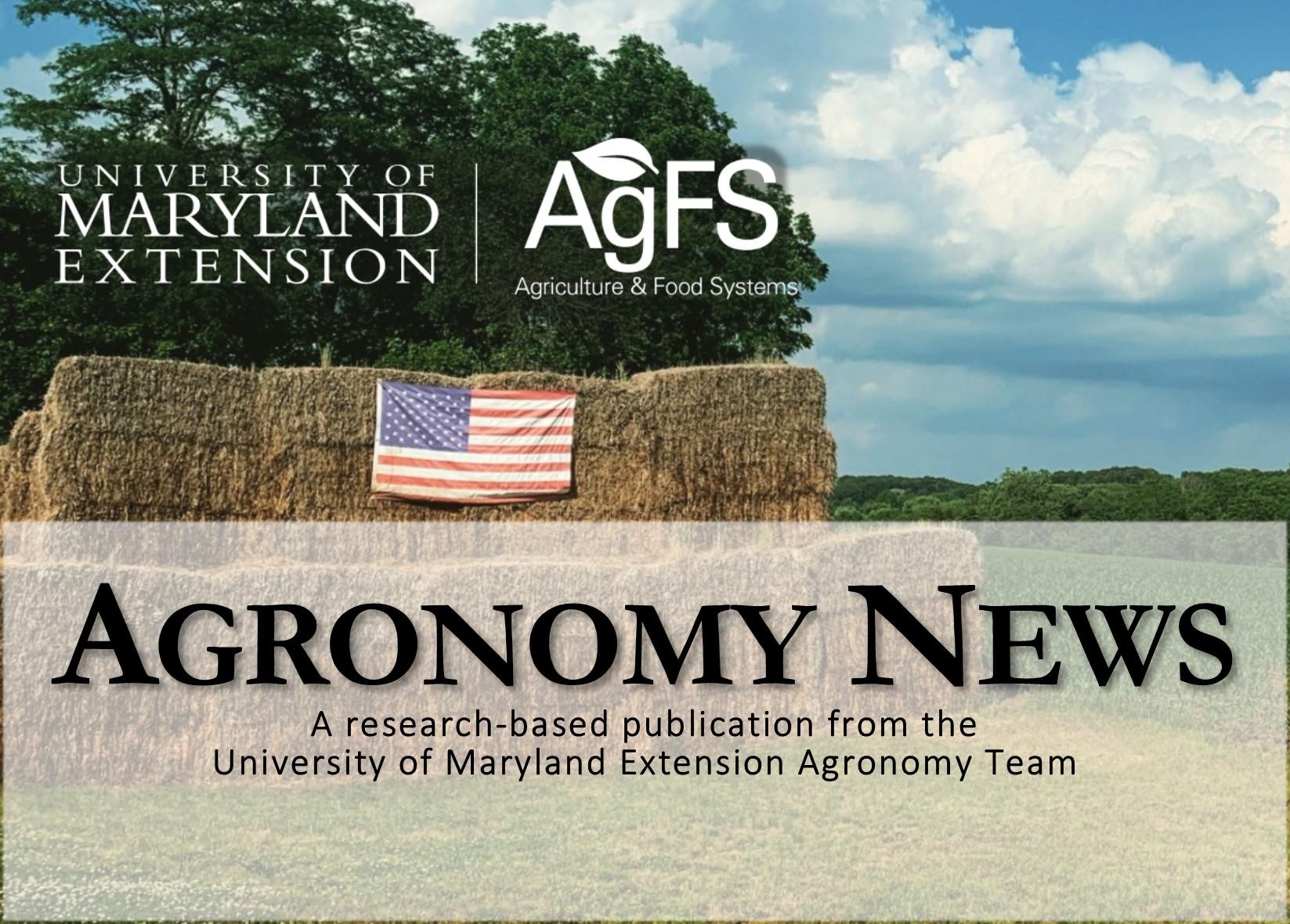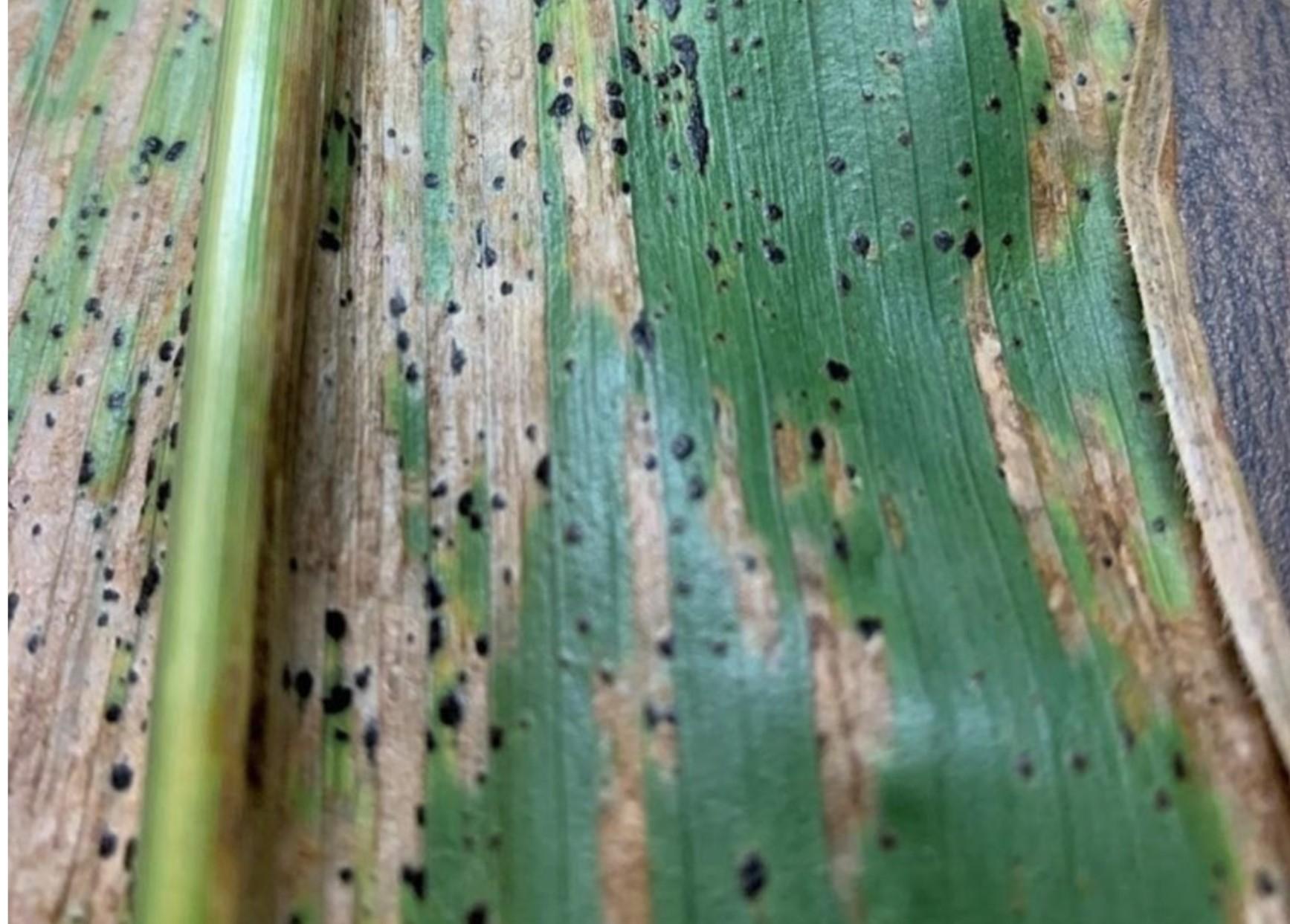Updated: January 21, 2021
Maryland Corn: Historical Basis and Price Information (FS-495)
The local basis, defined as the cash price minus futures price, reflects important information about regional supply and demand for a commodity. Corn basis estimates can be used by farmers, grain marketing firms, processors and feed buyers to forecast regional prices, make production or storage decisions, or assess different grain purchasing alternatives. This fact sheet gives monthly average estimates of corn basis and cash prices for five regions in Maryland.
Updated: January 15, 2021
2008 Maryland Vegetable Enterprise Budgets
Enterprise budgets provide invaluable information regarding individual enterprises on the farm. This tool
enables the farm manager to make decisions regarding enterprises and plan for the coming production year.
The enterprise budget uses farm revenue, variable cost, fixed cost and net income to provide a clear picture
of the financial health of each farm enterprise. The 2008 Maryland enterprise budgets were developed using
average yields and estimated input cost based upon producer and farm supplier data. The figures presented are
averages and vary greatly from one farm to the other. It is therefore crucial to input actual farm data to complete
enterprise budgets for your farm.
Updated: January 8, 2021
Estimating Corn Silage Yield
Corn silage is a crop grown widely by dairy producers to provide dairy cattle with a high-energy, very digestible source of feed. Silage can remove large amounts of available nutrients from the soil, especially nitrogen. Corn silage production can affect the fertilizer management practices on a field, particularly the amount of nitrogen that should be applied.
Updated: January 8, 2021
Determining the Value of Drought-Stressed Corn (FS-483)
Drought-stressed corn for grain or silage does not automatically signal disaster, as both crops can provide high quality forage for ruminant animals. Drought-stressed corn or corn that is unpollinated will produce little or no grain crop for the crop farmer to sell, but dairy producers can use the unpollinated corn for silage. On a dry matter basis, the drought-stressed corn will be approximately equal in feeding value to normal corn silage.
Updated: January 6, 2021
Assessing Flood Damaged Corn (EBR-5)
It’s late spring and corn has emerged. For much of the state, heavy rains have continued for several days, bringing flooding to low lying areas and causing ponding in fields. In this scenario, farmers are faced with the question of whether their corn will recover, or should they proceed with replanting.


